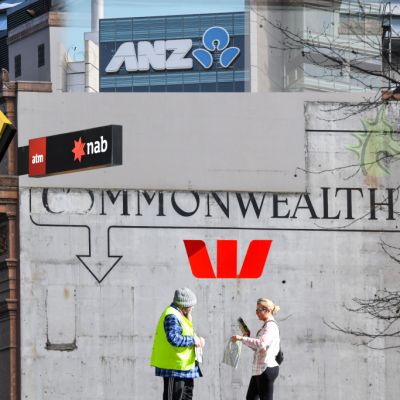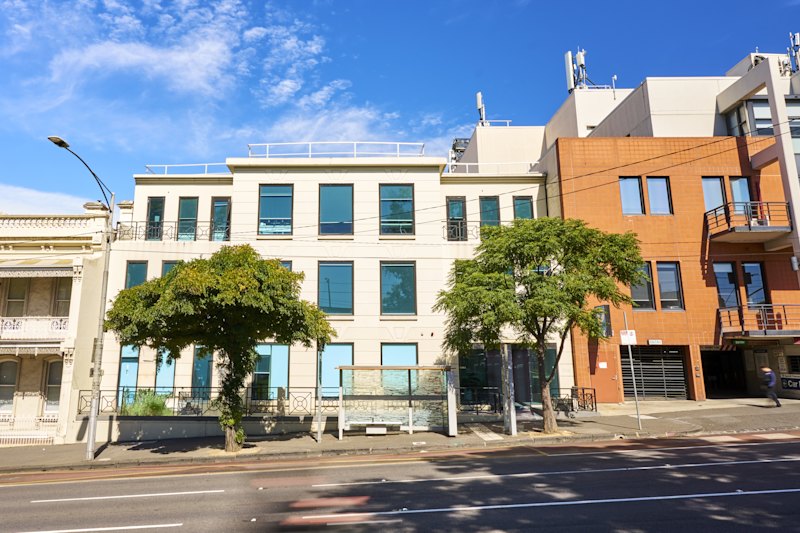Lockdowns more detrimental to buyers than hikes in fixed interest rates: mortgage brokers

Mortgage brokers say that lockdowns are far more detrimental to prospective home owners looking to take out home loans than any potential fixed-rate hikes.
Some banks have already begun raising their fixed interest rates despite the Reserve Bank of Australia holding the cash rate at 0.1 per cent at its July board meeting, saying its central scenario was to keep it there until 2024.
But that rate increase will make no difference to buyers’ borrowing power if their pre-approval has since expired or they are looking to take out a home loan now, experts say.
Instead, the lockdowns have had far more wide-reaching impacts on affected buyers shopping around for a home loan, with some delaying plans for months and others shelving their plans altogether as more than half of the country’s population faces some restrictions across three states.

In NSW, Sydney entered its fifth week of stay-at-home orders, which has shut down a range of industries, including construction and retail, and has placed five entire local government areas into stricter conditions, banning residents from leaving for any work unless they are in essential services.
This has stopped many hopeful home owners from taking out a loan, said Rob Lees, Mortgage Choice Blaxland, Penrith and Glenmore Park principal.
“There is no doubt that for people in affected industries, they will not be able to get a loan. There is no way a bank will give a loan to a tradie if they’re not working during a lockdown,” Mr Lees said.
While banks have not changed policies, as they did last year, Mr Lees said, they do still ask for more information than usual, including whether applicants have been impacted by COVID-19.
Since the latest outbreak, he has placed several applications on hold until trades – from plumbers to beauticians – return to normal.
Fixed-rate increases were almost a “non-issue” as banks were assessing buyers’ borrowing power against the variable rate plus an extra 2.5 per cent as the serviceability buffer, he said.
Victoria’s snap lockdown – the fifth one for the state – is adding to the pent up demand for many house hunters who have put their plans on ice for months now due to the ongoing uncertainty.
Foster Ramsay Finance principal and mortgage broker Chris Foster-Ramsay said applicants need an uninterrupted six-week run of earning income to be able to apply for a home loan.
“There’s a whole lot of people who have sat on their hands in Melbourne for up to six months, if not more. Their plans are on hold, and that is very common down here,” said Mr Foster-Ramsay, adding that it was a responsible lending requirement since the Royal Commission into the financial sector.
“It’s not hard to find those [hopeful home owners] in affected industries – travel, hospitality, live performance – where they are doing whatever they can do to survive.”
But some banks are more understanding when it comes to some industries compared with others, according to Melbourne-based mortgage broker and Pearse Financial director Tom Pearse.
White-collar workers in accounting or legal industries were better placed to have a home loan application approved if employers were willing to write a letter outlining the length of reduced hours due to COVID-19, he said.
Meanwhile, in Queensland, the state has been barely affected by lockdowns, leaving most buyers with the same borrowing power even if fixed rates have increased since they began their house hunting months ago.
“The reason it doesn’t impact borrowing capacity as much is that the banks assess it on the ongoing variable rate, most of the time. It’s not assessed on the fixed-rate itself,” said Caroline Jean-Baptiste, Mortgage Choice Fortitude Valley mortgage broker.
She said the bigger impact for Brisbanites was that some banks were changing their assessment on expenditure around health insurance and private school fees.
“That had more of an impact than a rate change. Somebody, who a month ago could have borrowed $650,000 can now borrow $550,000 if they’re sending their children to a private school or have private health costs,” she said, adding that it was postcode-related.
“So, some lenders use a postcode to determine the benchmark living expenses that they will apply to a certain application.”
We recommend
We thought you might like
States
Capital Cities
Capital Cities - Rentals
Popular Areas
Allhomes
More










